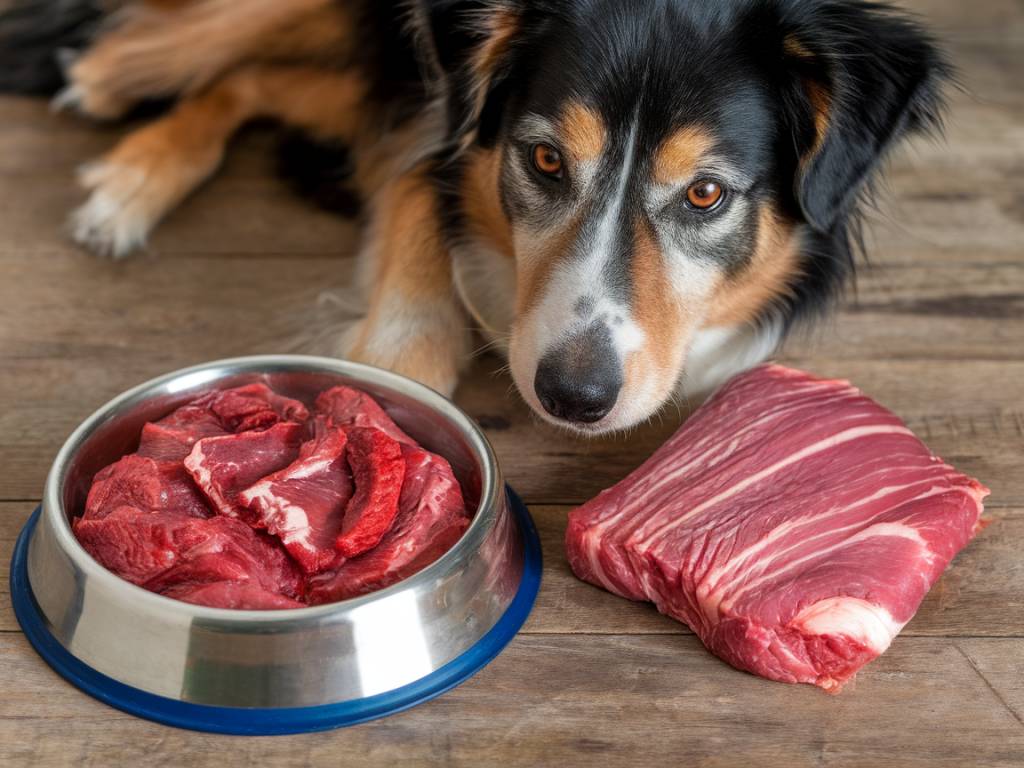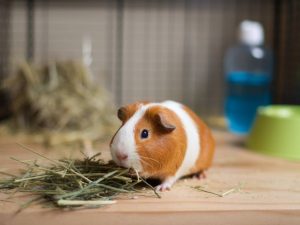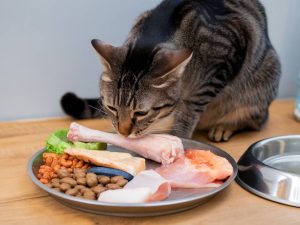raw vs. cooked meat for dogs: what does the science say?

raw vs. cooked meat for dogs: what does the science say?
« `html
When it comes to feeding our canine companions, there’s a debate that’s been brewing among pet owners and veterinarians alike: is it better to serve raw or cooked meat to dogs? Both raw and cooked diets have their advocates, each arguing that their preferred method best mirrors the evolutionary diet of dogs’ wild ancestors. For pet owners trying to make the best decision for their furry friends, it can be challenging to navigate through the differing opinions. This article aims to explore what science has to say about the benefits and risks of both feeding options.
Understanding the Raw Diet for Dogs
The raw feeding movement, often called the « BARF diet » (Biologically Appropriate Raw Food or Bones and Raw Food), is grounded in the idea that dogs should eat what their ancestors consumed in the wild. Proponents argue that a raw diet is more natural for dogs, potentially leading to better overall health.
Raw diets typically include:
- Raw meat from various sources such as beef, chicken, lamb, and salmon.
- Raw bones, often praised for their dental health benefits.
- Organs, providing essential vitamins and minerals.
- Fruits and vegetables in smaller quantities.
Advocates claim that raw diets contribute to shinier coats, healthier skin, higher energy levels, and smaller stools. However, the diet’s raw nature raises some important considerations.
Potential Risks of Raw Feeding
While the benefits sound appealing, raw feeding is not without its risks. One of the primary concerns is the potential for bacterial contamination. Raw meat can harbor harmful bacteria such as Salmonella and E. coli, which can pose health risks to both pets and humans. Handling raw meat necessitates diligent hygiene practices to prevent cross-contamination.
Another risk is nutritional imbalance. Unless carefully constructed, raw diets may lack essential nutrients that dogs need for optimal health. Commercial dog foods are typically formulated to meet the nutritional guidelines set forth by veterinary nutritionists. In contrast, raw feeding often requires meticulous planning to ensure pets receive all the nutrients they need.
Examining Cooked Meat for Dogs
Unlike raw feeding, cooking food kills most bacteria and pathogens, making it a safer option in terms of avoiding potential infections. Additionally, cooking meat can sometimes enhance its nutritional value by improving digestibility, and certain meats require cooking to neutralize toxins.
Providing cooked meals can include:
- Lean proteins such as chicken, turkey, beef, and fish.
- Whole grains like rice or quinoa, which offer energy and fiber.
- Cooked vegetables, which are a source of vitamins and antioxidants.
- Supplementing with fish oil or other nutrients, if necessary.
Some advocates for cooking meals at home emphasize control over the quality and source of the ingredients, allowing pet owners to ensure their pets are consuming wholesome, safe foods.
Potential Downsides of Cooking
Cooking, while beneficial in some respects, can also destroy certain nutrients found in raw meat. Heat can degrade enzymes and amino acids, potentially reducing the nutritional profile. Thus, veterinarians often recommend supplementing home-cooked diets with appropriate vitamins and minerals to prevent deficiencies.
Another consideration is time and effort. Preparing meals from scratch can be labor-intensive, necessitating planning and commitment to meet a dog’s daily nutritional needs consistently.
Scientific Insights on Raw vs. Cooked Diets
Research on raw versus cooked diets for dogs is still developing, with many studies examining specific health outcomes. A comprehensive understanding requires consideration of various factors, including each dog’s health status, breed, age, and individual nutritional needs.
Some studies allude to the improved palatability and digestibility of raw foods, potentially resulting in enhanced nutrient absorption. Alternatively, cooked diets are generally supported by veterinary communities for their safety and nutritionally balanced composition, provided they are professionally formulated or appropriately supplemented.
Veterinary professionals often advise a tailored approach, recommending pet owners work with veterinary nutritionists to determine the best route for their pets. Balancing the risks and benefits catered to individual health profiles results in a more personalized approach to pet nutrition.
Considering Your Dog’s Unique Needs
Choosing between raw and cooked diets should factor in your dog’s health conditions, lifestyle, and preferences. Dogs with weakened immune systems, for instance, might fare better on cooked diets to minimize the risk of bacterial infections. Conversely, dogs with specific allergies or intolerances might benefit from the simplicity of raw diets that offer fewer processed ingredients.
Consulting with your veterinarian is crucial. Hopefully, ongoing and future scientific studies will continue to shed light on the specific impacts that each diet type has on different dog populations.
Ultimately, the decision between feeding raw or cooked meat hinges on a balance of personal philosophy, safety, and health considerations, underscoring the importance of informed choices in nurturing the well-being of our canine companions.
— Lisa Tissed
« `





